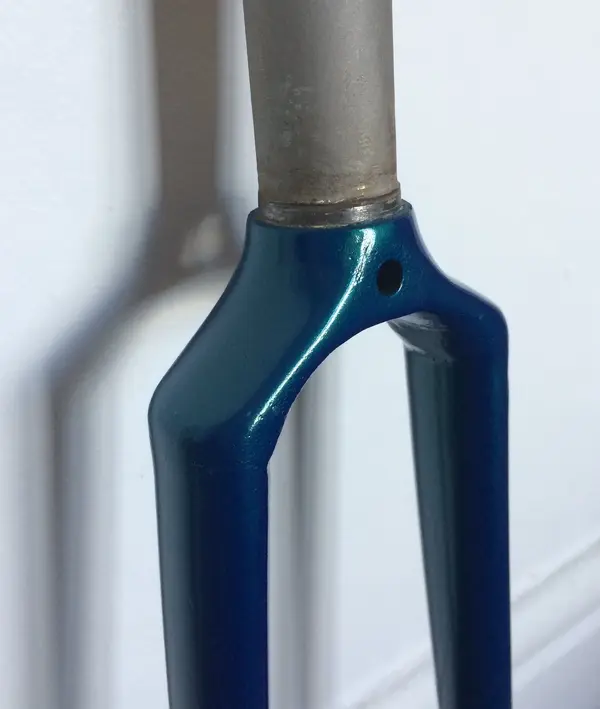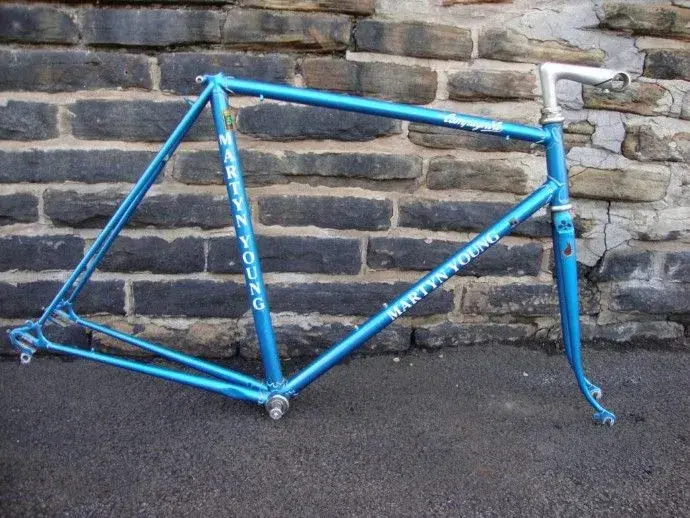sjcprojects
Orange 🍊 Fan
I'm trying to get at least a rough age for a frame (which I still can't ID, but that's another story), and I've worked out that the fork is an Accles & Pollock one, but it's also a relatively modern looking fork – lugless, but with eyelets. So, my question is, when did Accles & Pollock actually stop making bicycle tubing? I've seen on here that some makers were still using it in the early 80s (possibly?), though it seems to have slowly fallen out of favour vs 531 from the early 60s onwards.
The stamp on the fork reads A&P BST G13/16 B. I take BST to be 'British Standard Threading", and I think B is the "B-quality" range of tubing, but I doubt this helps age it? The dropouts are Campagnolo.
Thought someone on here might have some insight into it...
The stamp on the fork reads A&P BST G13/16 B. I take BST to be 'British Standard Threading", and I think B is the "B-quality" range of tubing, but I doubt this helps age it? The dropouts are Campagnolo.
Thought someone on here might have some insight into it...
Attachments
Last edited:

